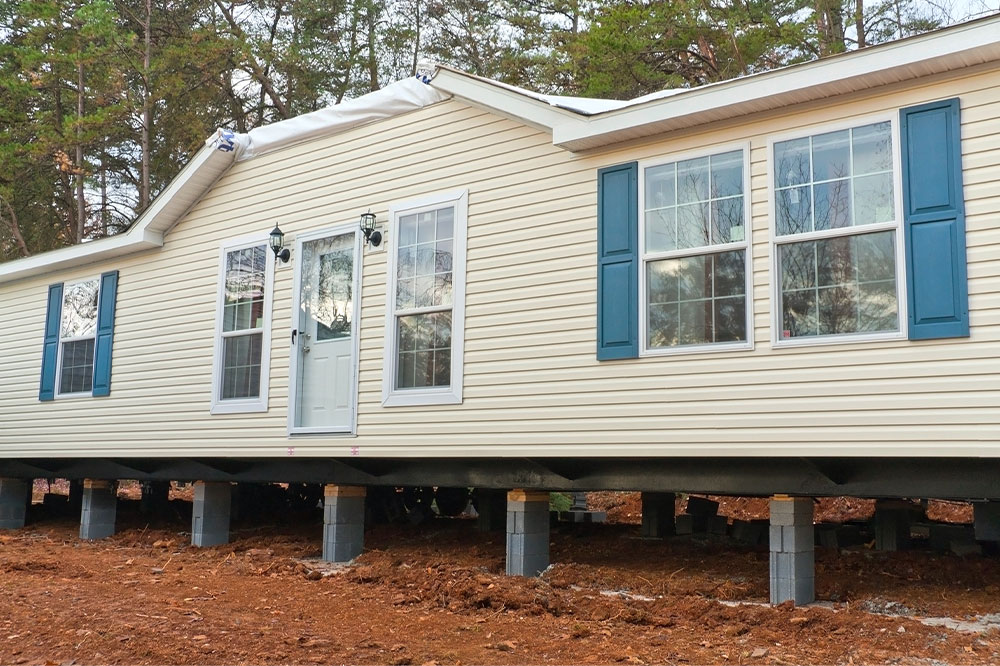Factors Affecting the Cost of Moving a Mobile Home
Planning on moving your mobile home? If you feel you can easily shift it to behind your trunk and be ideal, you have to think about a better idea. Shifting a mobile home that has to meet today’s HUD standards is a massive responsibility, not to mention the hefty cost involved. However, with the right team of people and proper planning, it can be accomplished. Here’s an outline of how much cost is involved in moving a mobile home.
You can start preparing for moving your mobile home or you may call up your mobile home movers to do so for you at an extra cost.

What does it really cost for moving a mobile home?
For a full-length service transfer—from mobilizing the home within 30 miles to getting the permits for attaching the utilities—customers will have to pay from around $5000 to almost $1000.
Moving a double-wide mobile home at this distance will most likely cost from around $10,000 to $13,000.
Of course, these are just approximate values.
- Canceling those utilities in advance and paying for a licensed electrician and a plumber to disconnect the home
- Packing precious personal belongings and securing wooden or any kind of furniture which are inside the mobile home
- Taking away the skirting and safely storing it for transport
- Securing the windows and glass panes in such a way that they do not shatter during the move
- Removing additions, air conditioning, sheds, and decks
- Lifting the home from the ground and installing the axles and a hitch
Factors that adversely affect the cost of moving a mobile home
The cost involved in moving a mobile home from one location to another depends on several essential factors that really affect every mobile home that is to be relocated. These include the following.
The volume of the mobile home
The dimensions of your mobile home will have a considerable impact on the complete moving cost. As you can logically imagine, a single wide floor would comparatively cost less for moving than the bigger ones that are twice the size. If your mobile home is too big to descend down the street, you would be charged for police escort or a temporary road closure.
The distance required for the transfer
The less distance the mobile home has to be transferred, the cheaper the moving costs. Without a doubt, you will be able to imagine that moving transferring a mobile home beneath a huge truck requires quite a bit of fuel. Details least considered, the transferring team wouldn’t be exactly able to drive at a faster speed or pace around corners having an enormous load beneath the vehicle. Adding to that, long distance transfers may need the transfer service to invest in new tires and device material to enable the distance involved.
Legal permits and routine inspection
When planning on moving your mobile home to a new territory or different jurisdiction, legal sanctions are required for each individual territory that is to be entered or traveled through. Luckily, for your benefit, your transfer team should be able to enable you to get this permits in place prior to the transfer. You should keep in mind that you may also be required to “set up” permit in order to arrange your mobile home in that particular city. The inspections that are required, some states such as Florida, need compulsory inspections of older mobile homes prior to transferring them to the state.
The weight of your mobile home
As per the mobile home info, older mobile homes are typically weighing around 35–40 lbs per square foot while new manufactured homes weigh around 45–50 lbs per square foot. This indicates if your mobile home is around 800 square feet, it could possibly weigh almost up to 40,000 lbs. Remember the more the heavy your mobile home, the greater number of transfer devices and equipment would be required. This would entirely add up to the cost than expected.

